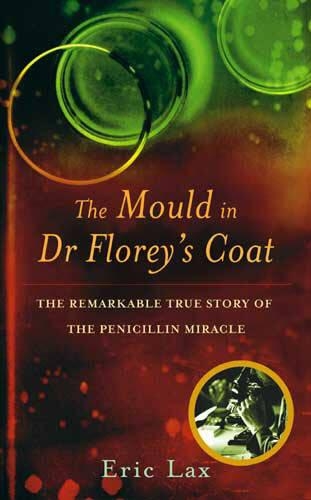
The Mould In Dr Florey's Coat: How Penicillin Began the Age of Miracle Cures
(Hardback)
Available Formats
Publishing Details
The Mould In Dr Florey's Coat: How Penicillin Began the Age of Miracle Cures
By (Author) Eric Lax
Little, Brown & Company
Little, Brown & Company
8th October 2004
United States
Classifications
General
Non Fiction
History of medicine
615.3295654
Physical Properties
Hardback
288
Width 135mm, Height 216mm
Description
Many people know that in 1928 Alexander Fleming discovered penicillin's antibiotic potential while examining a stray mould that had bloomed in a dish of bacteria in his London laboratory. But few realise that Fleming worked only fitfully on penicillin until 1935, and that he is merely one character in the remarkable story of the antibiotic's development as a drug. The others are Howard Florey, Professor of Pathology at Oxford University, where he ran the Dunn School; the German Jewish emigre and biochemist Ernst Chain; and Norman Heatley, one of the few scientists in Britain capable of the micro-analysis of organic substances. It was these three men and their colleagues at the Dunn School who would battle a lack of money, a lack of resources and even each other to develop a drug that would change the world. It was these three men and their colleagues who would be almost forgotten. Why this happened, why it took fourteen years to develop penicillin, and how it was finally done, is a story of quirky individuals, missed opportunities, medical prejudice, brilliant science, shoestring research, wartime pressures and misplaced modesty.
Reviews
'Informative and thoroughly enjoyable science history.' - Kirkus Review
'[Lax] tells the stories of these four remarkable scientists adroitly . . . and reinserts them into their rightful place in scientific history.' - Independent on Sunday'A fascinating story of serendipity, wounded egos and medical myths.' - GuardianAuthor Bio
Eric Lax is a biographer and magazine journalist (Vanity Fair, Esquire) who lives in Los Angeles with his wife and two sons.
